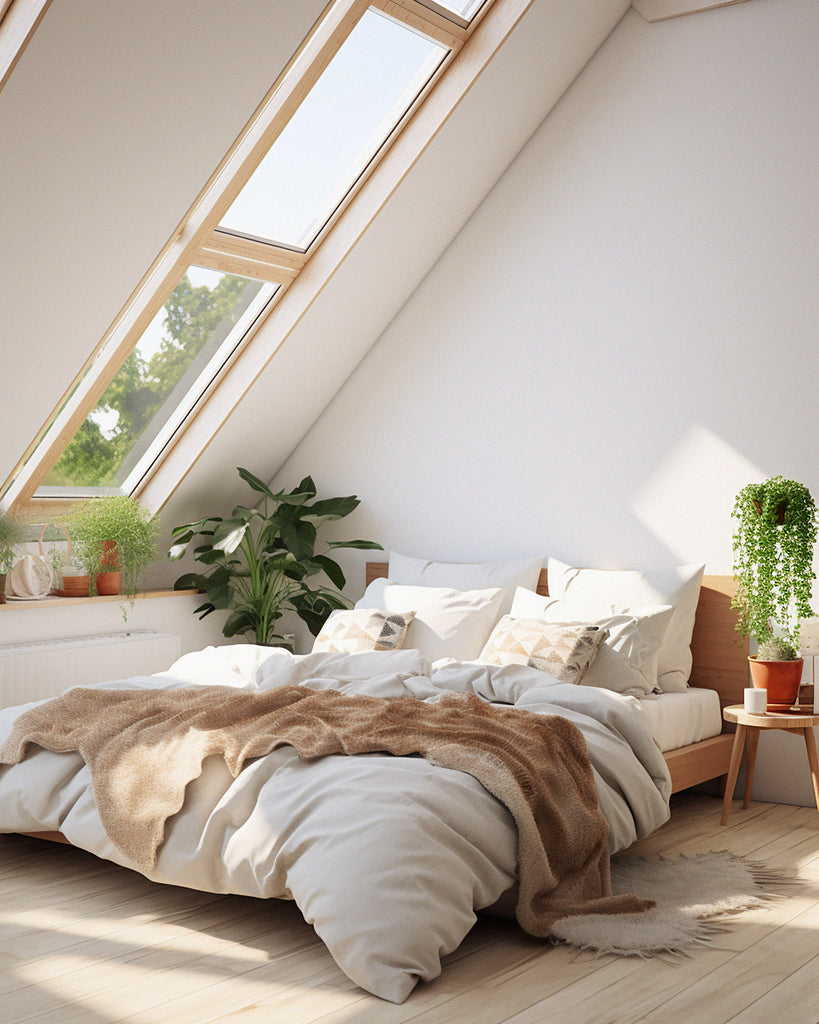In recent years, there has been a growing trend towards sustainable living and incorporating nature into our everyday lives. One simple and effective way to achieve this is through the introduction of indoor plants into our living spaces. Not only do indoor plants enhance the aesthetics of our homes and offices, but they also contribute to a healthier environment by purifying the air and promoting a sense of well-being.
The Science Behind Air Purification
Indoor plants are natural air purifiers that can help eliminate toxins and pollutants from the air we breathe. In the late 1980s, NASA conducted a study on the air-purifying capabilities of plants, revealing that certain species can effectively remove volatile organic compounds (VOCs) such as benzene, formaldehyde, and trichloroethylene from the air.
These VOCs are commonly found in building materials, furniture, and cleaning products and can be detrimental to our health, causing symptoms such as headaches, dizziness, and respiratory issues. Plants absorb these toxins through their leaves and roots, breaking them down and releasing them as harmless by-products.
Top Air-Purifying Indoor Plants:
- Spider Plant (Chlorophytum comosum): This low-maintenance plant is perfect for beginners and is known for its ability to remove pollutants such as formaldehyde and benzene.
- Snake Plant (Sansevieria trifasciata): Also known as the mother-in-law's tongue, the snake plant is an excellent choice for bedrooms, as it releases oxygen at night and helps remove toxins like formaldehyde, xylene, and toluene.
- Peace Lily (Spathiphyllum): This attractive plant not only purifies the air but also adds humidity to the room. It's effective in removing pollutants like ammonia, formaldehyde, and benzene.
- Golden Pothos (Epipremnum aureum): Also known as devil's ivy, this hardy plant is excellent at filtering formaldehyde, xylene, and benzene from the air.
- Rubber Plant (Ficus elastica): This versatile plant thrives in both low and bright light conditions and is effective at removing formaldehyde, benzene, and ammonia.
Creating an Eco-Friendly Interior
Indoor plants not only contribute to better air quality but also add to the sustainability of your interior. By incorporating plants into your home, you're:
- Reducing your carbon footprint: Plants absorb carbon dioxide and release oxygen, helping to reduce your home's carbon footprint.
- Regulating temperature: Plants help regulate the temperature in your home by releasing moisture through a process called transpiration. This can create a cooling effect in warmer months and help maintain humidity levels in winter.
- Promoting well-being: Research has shown that indoor plants can have positive effects on our mental and emotional well-being. They can reduce stress, boost mood, and improve concentration and productivity.
- Encouraging biodiversity: By cultivating a variety of indoor plants, you're supporting biodiversity by providing a habitat for various microorganisms that can improve soil health and plant growth.
Incorporating indoor plants into your living space is a simple and effective way to create an eco-friendly and air-purifying interior. By choosing the right plants, you can effectively remove harmful pollutants from the air while also benefiting from the many other advantages that plants offer, such as temperature regulation, improved well-being, and support for biodiversity. So, go ahead and add a touch of green to your home, making it healthier and more environmentally friendly.

